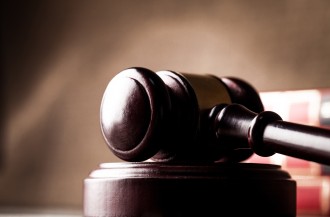December 28, 2017
iLife is Full of Un-Nintendo-ed Consequences
It is a commonplace among patent lawyers to say that if an independent claim is novel and nonobvious, then the corresponding dependent claims must also be novel and nonobvious. See, e.g., MPEP §2143.03 (“If an independent claim is nonobvious under 35 U.S.C. 103, then any claim depending therefrom is nonobvious”). This is not always true, however, as the Federal Circuit recently showed in Nintendo of America v. iLife Techs.
Nintendo challenged iLife’s U.S. Patent No. 6,864,796 (‘796) in Inter Partes Review, asserting anticipation by JP H10-295649 (“Yasushi”), which published on 10 November 1998. The ‘796 patent was a continuation-in-part of U.S. Patent No. 09/396,991 (‘991), and iLife defended by showing that the challenged claims were entitled to the benefit of the ‘991’s 15 September 1999 filing date.
This meant that the challenged claims were filed less than one year after Yasushi’s publication, so the patentee was entitled to remove Yasushi as prior art by showing that iLife had built a working prototype before Yasushi’s 10 November 1998 publication date. iLife brought forward documents and witness testimony showing that a working prototype was successfully tested in August 1998. On this basis, the Board concluded that Yasushi was not prior art to the ‘796 patent and upheld all challenged claims.
On appeal, Nintendo argued that, (1) the challenged claims were not adequately supported in the ‘991 application; and (2), iLife’s prototype did not embody all features of the challenged claims.
The Federal Circuit affirmed-in-part and reversed-in-part. The court agreed with the Board that all challenged claims found adequate support in the ‘991 filing. The court also agreed with the board that the prototype embodied the invention claimed in the independent claim and in dependent claims 2, 9–11, and 18.
The court considered, however, that there was not substantial evidence in the record to support the Board’s finding that the prototype embodied the limitations of challenged dependent claims 3, 12, 19, and 20. Therefore, the court held that Yasushi was prior art against claims 3, 12, 19, and 20, and remanded for the Board to decide whether those claims are anticipated by Yasushi.
In other words, the independent claim was novel and nonobvious over Yasushi, but some of the dependent claims were not.
It is worth noting that this had nothing to do with different priority dates for different claims. All claims received the benefit of the ‘991 filing date. Nevertheless, some claims survived challenge and others succumbed based on a failure of the patentee to prove reduction to practice for all dependent claim limitations.
The take-home lesson for patentees here is that if one means to rely on prior invention as a defense, it is important to provide evidence about prior invention for all relevant claims, not just the independent claims.



































